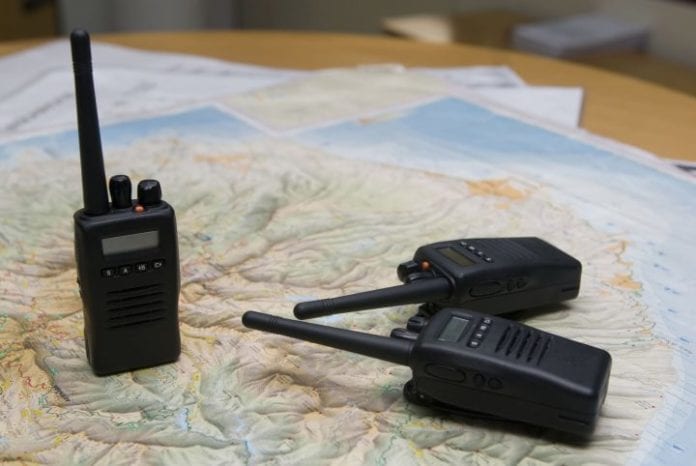The First Responders Network Authority recently made its long-awaited contract award, and AT&T will build the new, nationwide Band 14 LTE network for public safety. FirstNet has laid out an ambitious timeframe for rollout in order to get devices and coverage for first responders as rapidly as possible.
While there have been a handful of early builder projects around the country that have explored various aspects of a future FirstNet network, the new network will also be relying on the larger LTE ecosystem to help keep costs in line while deploying rapidly.
“One of the biggest advantages of using LTE for public safety is, you can leverage the massive amount of work that’s already been done in the LTE ecosystem,” said Bryan Helmick, product manager for wireless device test at Rohde & Schwarz. “With so many LTE chipset suppliers and [user equipment] manufacturers and other companies supporting LTE, there are already really mature devices ready to work on the Band 14 LTE network. In fact, Rohde & Schwarz has seen several FDD [Band] 14 devices already and our equipment has been used to do RF transmit and receive performance and conformance, protocol conformance and many other tests.”
Helmick said that FirstNet will be able to leverage two groups of features: public safety-specific LTE features that were designed with the needs of first responders in mind, such as mission-critical push-to-talk and mission-critical video; and features that are important to public safety but are also used in commercial networks, such as high-power user equipment to extend coverage, direct-mode device-to-device communications and assisted GPS for location-based services.
[embedyt] https://www.youtube.com/watch?v=yEmUauAROAY[/embedyt]
Such features, Helmick said, “have either already been verified using Rohde and Schwarz’ CMW500 network emulator and conformance test systems, or we’re in the process of doing this now. This is really good news in terms of readiness of devices for public safety.”
He added that as public safety moves to LTE from P25 systems, improved audio quality will be one of the most noticeable and important aspects for public safety communications.
“This is particularly going to be critical – very important for public safety,” Helmick said. “LTE uses high-performance codecs such as wideband AMR and we’re even starting to see high-definition voice codecs – EVS — in commercial devices. This is a major enhancement over P25 radios and will be considered one of the most noticeable improvements in the public safety community.”
Helmick added that Rohde & Schwarz believes that “the verification of audio quality is going to be critical when assessing these next-generation LTE public safety devices.”
To learn more about Rohde & Schwarz’s offerings for testing public safety LTE features: click here.

